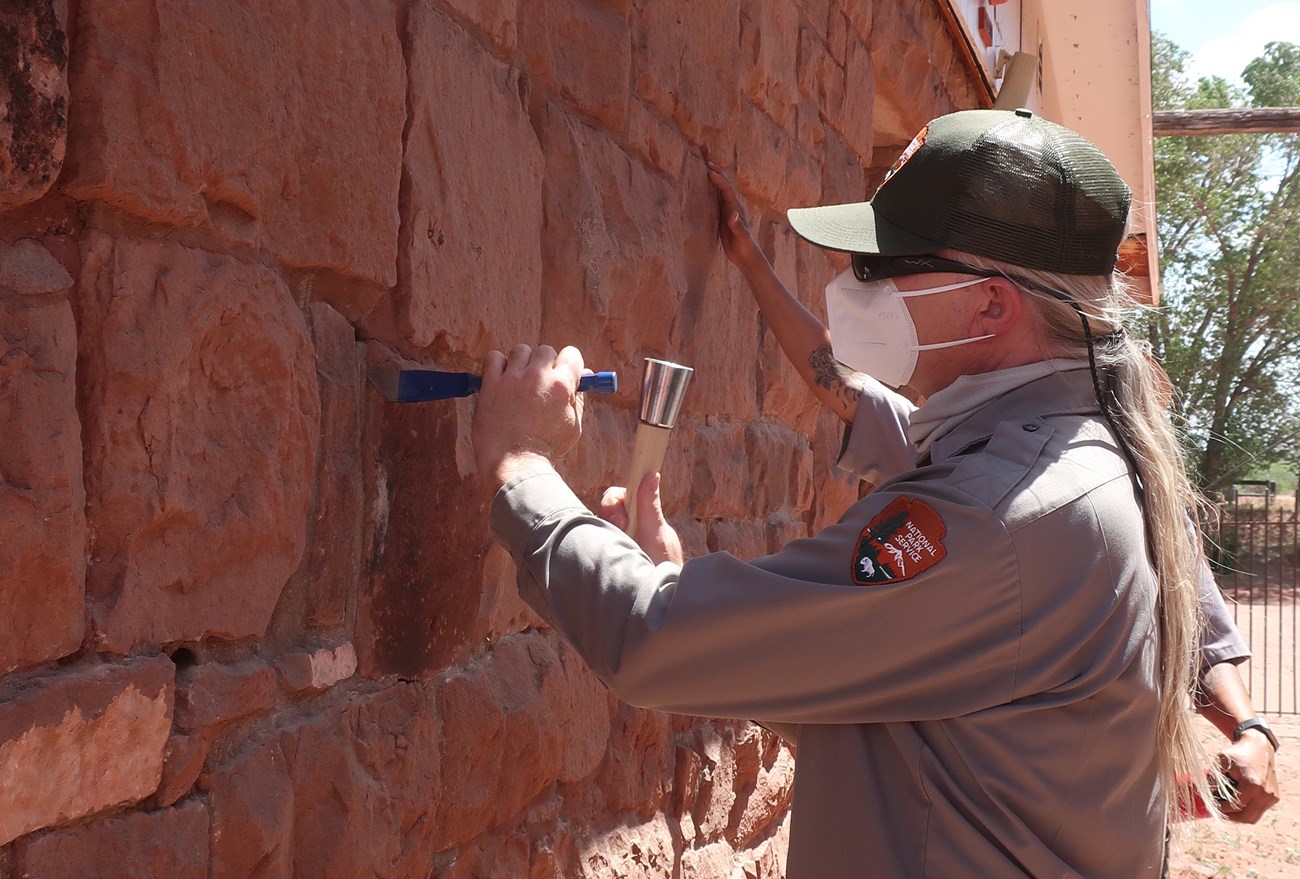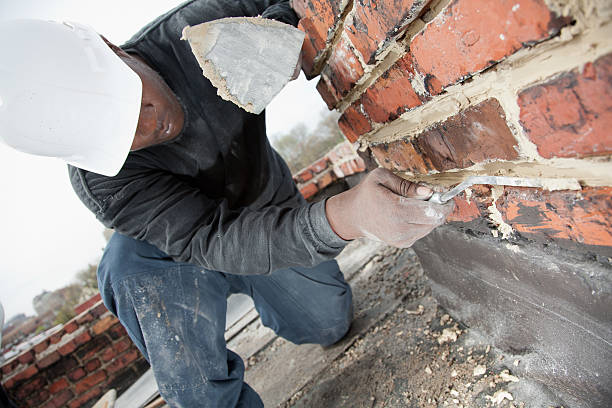Trusted Tuckpointing Services for Improving Brick and Stone Surfaces
Trusted Tuckpointing Services for Improving Brick and Stone Surfaces
Blog Article
Opening the Tricks of Sustainable Masonry Construction Practices for Eco-Friendly Buildings
In the world of contemporary construction, the search of sustainable techniques has actually come to be vital. Amongst the myriad methods to environmentally friendly structure, lasting stonework construction stands out as a reliable and sturdy approach that holds a wealth of untapped possibility. From the selection of materials to innovative building and construction strategies, the keys to achieving sustainability within masonry building and construction are complex and intriguing. By discovering the advantages, materials, methods, and future fads of sustainable stonework, a deeper understanding of exactly how these methods can form the future of eco-friendly structures emerges.
Benefits of Sustainable Stonework Construction
Accepting lasting masonry building and construction techniques not just decreases ecological effect however also uses long-term economic advantages to home builders and neighborhoods. By making use of products like recycled bricks, obstructs, and stones, contractors can dramatically reduce the carbon footprint of their jobs while promoting resource efficiency. In addition, sustainable masonry building and construction strategies, such as appropriate insulation and thermal mass buildings, can improve power effectiveness within structures, causing decreased operational expenses in time.
Additionally, the sturdiness and resilience of masonry structures add to lasting financial advantages. Buildings built utilizing sustainable masonry methods often require less upkeep and fixing, converting to cost savings for building contractors and home owners. The long life of stonework materials additionally guarantees that frameworks continue to be steady and safe and secure, reducing the need for frequent improvements or substitutes.
Eco-Friendly Masonry Products
Utilizing eco-friendly masonry products is an essential action towards boosting the sustainability of building practices and minimizing environmental influence while taking full advantage of lasting economic advantages. Sustainable masonry materials are sourced, produced, and made use of in a manner that reduces total ecological effect. Lasting concrete blocks include recycled aggregates and may feature enhanced insulation properties, adding to power effectiveness in buildings.
Furthermore, all-natural products like adobe, rammed planet, and straw bales offer exceptional thermal mass residential properties, decreasing the demand for heating and cooling down power. These products are often in your area available, promoting local economic climates and lowering transportation-related carbon emissions. By choosing eco-friendly stonework materials, building tasks can significantly decrease their environmental impact and contribute to the creation of much healthier, more lasting built settings.
Energy-Efficient Stonework Techniques
Energy performance plays an important role in enhancing the sustainability of masonry building practices. One essential energy-efficient stonework method is the use of thermal mass, which entails incorporating dense materials like concrete or block into the structure's framework to absorb and save warm.

Technologies in Sustainable Masonry
Recent innovations in sustainable stonework practices have caused a knockout post cutting-edge strategies that are reshaping the building sector. One such development is browse this site the advancement of self-healing concrete, which utilizes germs embedded within the concrete to heal cracks autonomously. This innovation not only reduces maintenance costs however also enhances the durability of stonework structures, adding to their sustainability.
One more remarkable innovation is making use of recycled aggregates in masonry construction - masonry contractor. By integrating products such as crushed ceramic waste or recycled glass into concrete mixes, contractors can reduce the ecological effect of building projects while keeping structural honesty. This method not only diverts waste from garbage dumps however additionally preserves natural resources, making it a vital improvement in sustainable masonry construction
Moreover, the assimilation of digital style tools, such as Building Details Modeling (BIM), is changing the method stonework structures are intended and created. BIM enables even more specific calculations, lowered material wastefulness, and enhanced energy performance, eventually resulting in more sustainable structure practices. These technologies collectively symbolize an encouraging future for sustainable masonry building in the period of green buildings.
Future Trends in Stonework Sustainability
With the cutting-edge strides made in lasting stonework techniques, the future patterns in masonry sustainability are poised to further reinvent the construction market. One of the crucial patterns shaping the future of masonry sustainability is the enhanced integration of innovation. Improvements such as Structure Details Modeling (BIM) and virtual truth simulations are being made use of to maximize masonry building procedures, bring about decreased material waste and enhanced power efficiency in buildings.
Furthermore, the advancement of novel sustainable materials west herr used cars is readied to play a substantial duty in boosting the eco-friendliness of masonry building and construction. masonry contractor. Developments like self-healing concrete, recycled aggregates, and bio-based binders are acquiring grip for their capacity to reduce environmental influence while maintaining architectural honesty

Conclusion
Finally, sustainable stonework construction methods provide many advantages for green structures. By using environment-friendly materials and energy-efficient strategies, stonework can contribute to an extra lasting built setting. Innovations in sustainable stonework are continually being created to better improve the ecological efficiency of structures. Looking in the direction of the future, the pattern of stonework sustainability is expected to grow, causing more eco-friendly and energy-efficient building and construction practices in the years to come.
Report this page